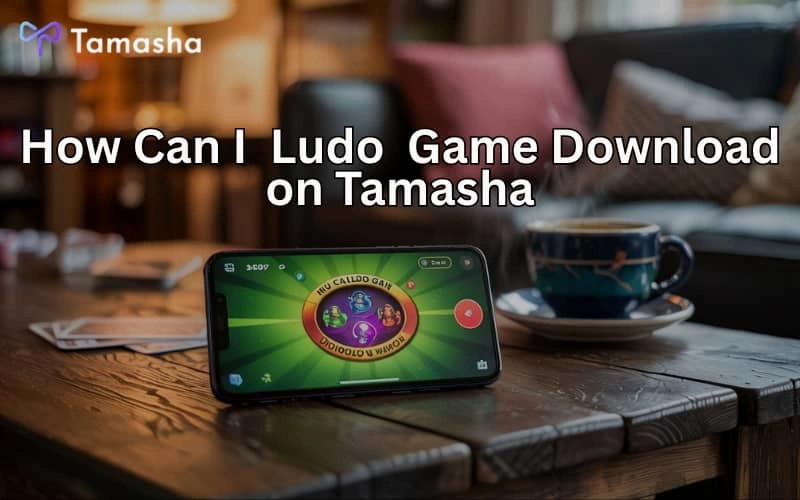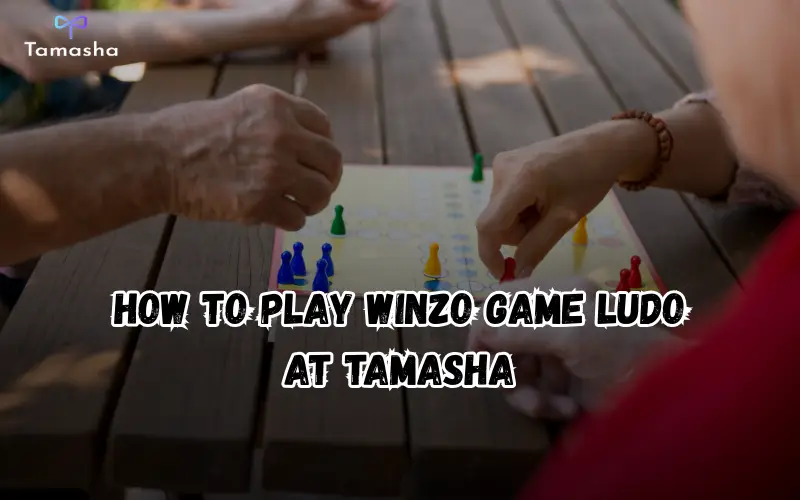Ludo is a timeless board game that has been enjoyed by people of all ages for generations. Whether it’s a casual weekend with family or a fun evening with friends, Ludo in Hindi has a special place in the hearts of many across India. This simple yet engaging game requires strategy, luck, and a bit of friendly competition. In this article, we’ll explore the history, rules, and appeal of Ludo in Hindi, showing why it remains one of the most loved games worldwide.
What is Ludo?
Ludo is a classic board game that involves moving four colored pieces around the board, with the goal of getting all your pieces home before your opponents do. The game is based on a dice roll, which determines how far you can move your pieces. Players must navigate obstacles, strategize their moves, and attempt to “capture” their opponent’s pieces, sending them back to the starting area.
In India, Ludo in Hindi is a popular pastime. Many people know it as “Ludo,” and it’s often played in homes, parks, and even on mobile apps. Ludo is simple enough for young children to grasp but still offers enough depth for adults to enjoy.
The History of Ludo in Hindi
Ludo traces its origins to the ancient Indian game “Pachisi,” which was played by royalty during the Mughal era. Pachisi was a complex game involving dice and a cross-shaped board, and it was known for its strategic elements. Over time, the game evolved and simplified, eventually becoming the Ludo we know today.
The name “Ludo” comes from the Latin word “Ludus,” meaning “game” or “play.” As the game spread across the world, various versions were created, with the modern form being widely recognized in countries like India, the UK, and the US. In India, Ludo in Hindi has become a popular version, and it is often referred to as a household game, bringing families and friends together.
Why is Ludo So Popular?
1. Simple and Easy to Play
One of the key reasons Ludo in Hindi remains so popular is its simplicity. The game’s rules are easy to understand, making it accessible for children and adults alike. Players only need to know how to roll the dice and move their pieces accordingly. The game doesn’t require complicated strategies or a long learning curve, allowing players to jump right in.
2. A Mix of Luck and Strategy
Ludo is a blend of luck and strategy. While the roll of the dice determines your movement, the way you plan your moves, avoid getting captured, and strategically move your pieces home relies heavily on strategy. This balance between chance and skill keeps the game exciting and unpredictable, making each session unique.
3. Social and Engaging
Unlike many other board games, Ludo is inherently social. It’s a game that’s best enjoyed with multiple players, encouraging conversation, laughter, and friendly competition. It fosters bonding between family members and friends, making it an ideal game for get-togethers and gatherings. Whether it’s a casual match or a more intense competition, Ludo in Hindi brings people together.
4. Portable and Convenient
Another advantage of Ludo is that it can be played anywhere. Whether you’re at home, at a picnic, or traveling, all you need is a board and a few pieces. Nowadays, Ludo in Hindi is also available in digital form on mobile apps, making it even more convenient to play whenever you want.
How to Play Ludo in Hindi?
The rules of Ludo in Hindi are simple and straightforward, making it easy to start playing right away. Here’s a basic overview of the game:
1. The Setup
Ludo is typically played with two to four players. Each player selects a color and places their four pieces in the corresponding corner of the board.
2. Rolling the Dice
Players take turns rolling the dice to move their pieces around the board. The dice rolls determine how many spaces a player can move their piece. The first player to move all four pieces to their home base wins the game.
3. Capturing Opponents’ Pieces
If an opponent’s piece lands on the same space as one of your pieces, you can “capture” their piece, sending it back to the starting area. This adds a layer of strategy, as players need to carefully consider their moves to avoid being captured.
4. Reaching the Home
The goal of Ludo in Hindi is to get all four of your pieces from the starting area to the home base. The first player to do so wins Tamasha. It’s important to move strategically, blocking your opponents’ progress while advancing your own pieces.
Digital Version of Ludo in Hindi
With the advent of mobile gaming, Ludo in Hindi has found a new digital life. Many apps and online platforms now offer virtual versions of Ludo, where players can challenge friends or compete with people around the world. These digital versions often feature various modes, including multiplayer, chat options, and leaderboards, taking the traditional game to new heights.
These digital versions make it even easier for players to enjoy Ludo anytime and anywhere, without the need for a physical board. Whether you’re playing on your smartphone or tablet, Ludo in Hindi has become more accessible than ever.
Conclusion
Ludo is not just a game; it’s a part of cultural heritage that continues to bring joy and excitement to millions of people. Its simplicity, strategic depth, and social appeal make Ludo in Hindi an enduring favorite among players of all ages. Whether you’re playing it on a board or via a mobile app, Ludo is a great way to bond with friends and family, test your luck, and outsmart your opponents. The game’s timeless charm ensures that it will remain a beloved pastime for generations to come.








